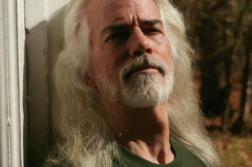LILLIAN FADERMAN burst onto the scene of GLBT scholarship in 1981 with a book titled Surpassing the Love of Men: Romantic Friendship and Love Between Women from the Renaissance to the Present. Here she advanced the novel argument that romantic friendships—an exclusive and passionate, albeit nonsexual in most cases, relationship—was an accepted institution in many pockets of Western civilization up to the 20th century.
This year marks the re-issue of a book first published by Dr. Faderman in 1991, Odd Girls and Twilight Lovers: A History of Lesbian Life in Twentieth-Century America, which documents the diverse array of lesbian subcultures that emerged in various American geographies starting in the 1920’s. The book was originally published by Columbia University Press. A year later, in 1992, Viking Penguin bought the paperback rights and kept the book in print all these years. Penguin’s agreement with Columbia University Press was for twenty years, so Columbia took the rights back this year and has just come out with their own paperback edition, published on Valentine’s day, 2012.
Among her eight books are 1999’s To Believe in Women: What Lesbians Have Done for America and (with Stuart Timmons) Gay L.A.: A History of Sexual Outlaws, Power Politics, and Lipstick Lesbians (2006). Her memoir, Naked in the Promised Land, was published in 2003.
This interview was conducted by telephone in early March.






